Computer generations
Computer generations
– an electronic device that controls the flow of electrons in a vacuum. It used as a switch, amplifier, or display screen in many older model radios, televisions, computers, etc.
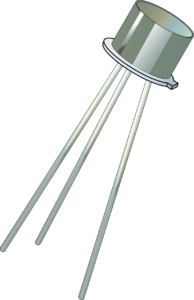
– an electronic component that can be used as an amplifier or as a switch. It is used to control the flow of electricity in radios, televisions, computers, etc.
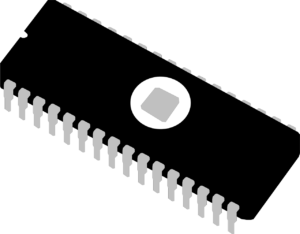
– a small electronic circuit printed on a chip (usually made of silicon) that contains many its own circuit elements (e.g. transistors, diodes, resistors, etc.).
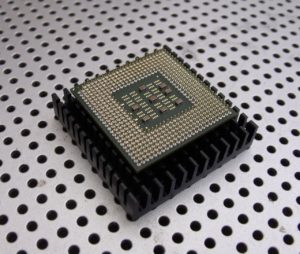
– an electronic component held on an integrated circuit that contains a computer’s central processing unit (CPU) and other associated circuits.
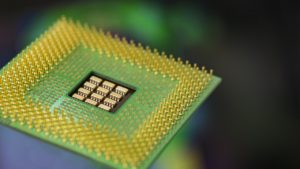
– It is often referred to as the brain or engine of a computer where most of the processing and operations take place (CPU is part of a microprocessor).
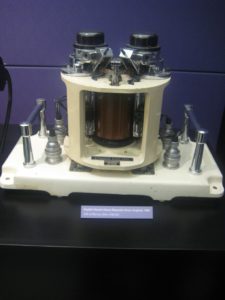
– a cylinder coated with magnetic material, on which data and programs can be stored.
– uses arrays of small rings of magnetized material called cores to store information.
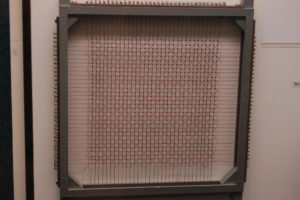
– a low-level programming language comprised of a collection of binary digits (ones and zeros) that the computer can read and understand.
Assembly language is like the machine language that a computer can understand, except that assembly language uses abbreviated words (e.g. ADD, SUB, DIV…) in place of numbers (0s and 1s).
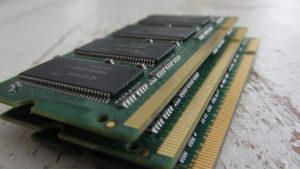 – a physical device that is used to store data, information and program in a computer.
– a physical device that is used to store data, information and program in a computer.
– an area of computer science that deals with the simulation and creation of intelligent machines or intelligent behave in computers (they think, learn, work, and react like humans).
First Generation of Computers
Classification of generations of computers
The evolution of computer technology is often divided into five generations.
| Generations of computers | Generations timeline | Evolving hardware |
|---|---|---|
| First generation | 1940s-1950s | Vacuum tube based |
| Second generation | 1950s-1960s | Transistor based |
| Third generation | 1960s-1970s | Integrated circuit based |
| Fourth generation | 1970s-present | Microprocessor based |
| Fifth generation | The present and the future | Artificial intelligence based |
The main characteristics of first generation of computers (1940s-1950s)
- Main electronic component – vacuum tube
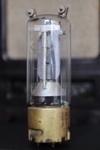
- Main memory – magnetic drums and magnetic tapes
- Programming language – machine language
- Power – consume a lot of electricity and generate a lot of heat.
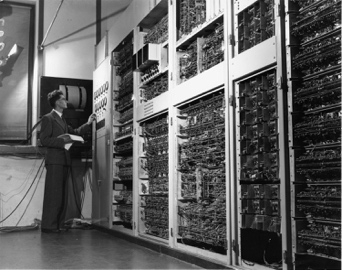
- Speed and size – very slow and very large in size (often taking up entire room).
- Input/output devices – punched cards and paper tape.
- Examples – ENIAC, UNIVAC1, IBM 650, IBM 701, etc.
- Quantity – there were about 100 different vacuum tube computers produced between 1942 and1963.
Second Generation of Computers
The main characteristics of second generation of computers (1950s-1960s)

Main electronic component – transistor
- Memory – magnetic core and magnetic tape / disk
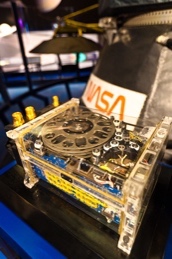 Programming language – assembly language
Programming language – assembly language- Power and size – low power consumption, generated less heat, and smaller in size (in comparison with the first generation computers).
- Speed – improvement of speed and reliability (in comparison with the first generation computers).
- Input/output devices – punched cards and magnetic tape.
- Examples – IBM 1401, IBM 7090 and 7094, UNIVAC 1107, etc.
Third Generation of Computers
The main characteristics of third generation of computers (1960s-1970s)
 Main electronic component – integrated circuits (ICs)
Main electronic component – integrated circuits (ICs)- Memory – large magnetic core, magnetic tape / disk
- Programming language – high level language (FORTRAN, BASIC, Pascal, COBOL, C, etc.)
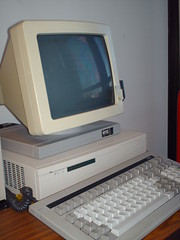
- Size – smaller, cheaper, and more efficient than second generation computers (they were called minicomputers).
- Speed – improvement of speed and reliability (in comparison with the second generation computers).
- Input / output devices – magnetic tape, keyboard, monitor, printer, etc.
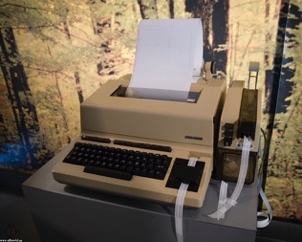
- Examples – IBM 360, IBM 370, PDP-11, UNIVAC 1108, etc.
Fourth Generation of Computers
The main characteristics of fourth generation of computers (1970s-present)
 Main electronic component – very large-scale integration (VLSI) and microprocessor.
Main electronic component – very large-scale integration (VLSI) and microprocessor.- VLSI– thousands of transistors on a single microchip.
- Memory – semiconductor memory (such as RAM, ROM, etc.)
- RAM (random-access memory) – a type of data storage (memory element) used in computers that temporary stores of programs and data (volatile: its contents are lost when the computer is turned off).
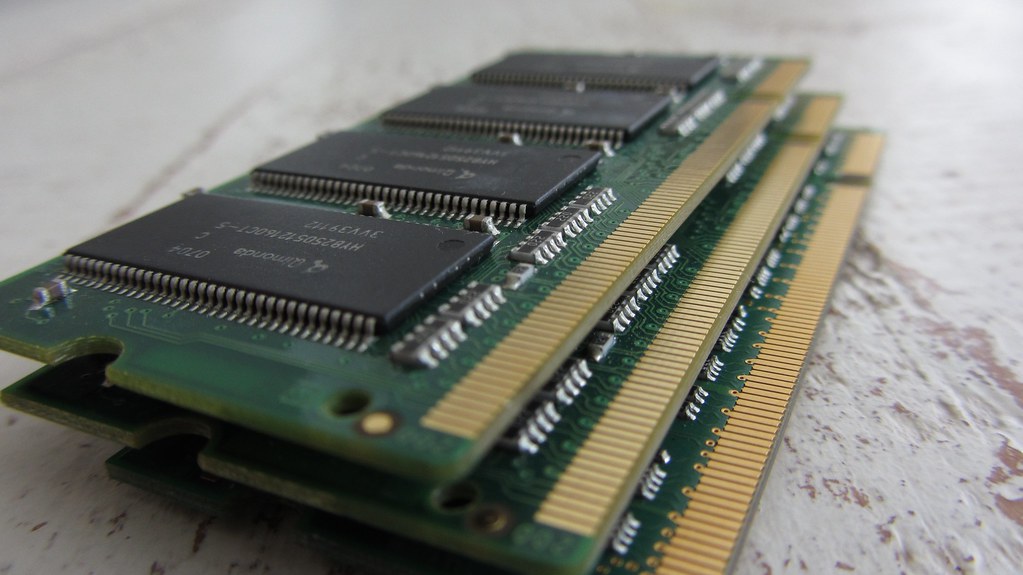 ROM (read-only memory) – a type of data storage used in computers that permanently stores data and programs (non-volatile: its contents are retained even when the computer is turned off).
ROM (read-only memory) – a type of data storage used in computers that permanently stores data and programs (non-volatile: its contents are retained even when the computer is turned off).
- Programming language – high level language (Python, C#, Java, JavaScript, Rust, Kotlin, etc.).
- A mix of both third- and fourth-generation languages
- Size – smaller, cheaper and more efficient than third generation computers.
- Speed – improvement of speed, accuracy, and reliability (in comparison with the third generation computers).
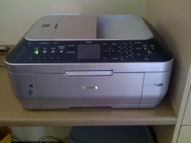 Input / output devices – keyboard, pointing devices, optical scanning, monitor, printer, etc.
Input / output devices – keyboard, pointing devices, optical scanning, monitor, printer, etc.
- Network – a group of two or more computer systems linked together.
- Examples – IBM PC, STAR 1000, APPLE II, Apple Macintosh, etc.
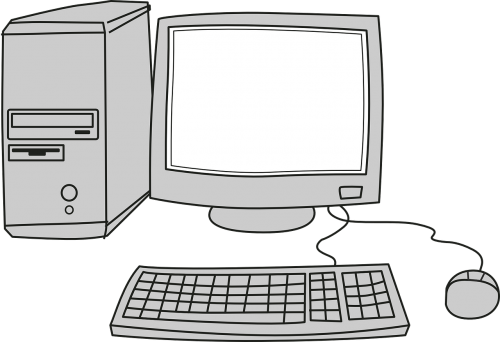
Fifth Generation of Computers
The main characteristics of fifth generation of computers (the present and the future)
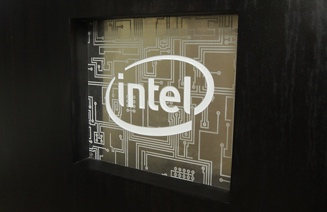 Main electronic component: based on artificial intelligence, uses the Ultra Large-Scale Integration (ULSI) technology and parallel processing method.
Main electronic component: based on artificial intelligence, uses the Ultra Large-Scale Integration (ULSI) technology and parallel processing method.- ULSI – millions of transistors on a single microchip
- Parallel processing method – use two or more microprocessors to run tasks simultaneously.
- Language – understand natural language (human language).
- Power – consume less power and generate less heat.
- Speed – remarkable improvement of speed, accuracy and reliability (in comparison with the fourth generation computers).
- Size – portable and small in size, and have a huge storage capacity.
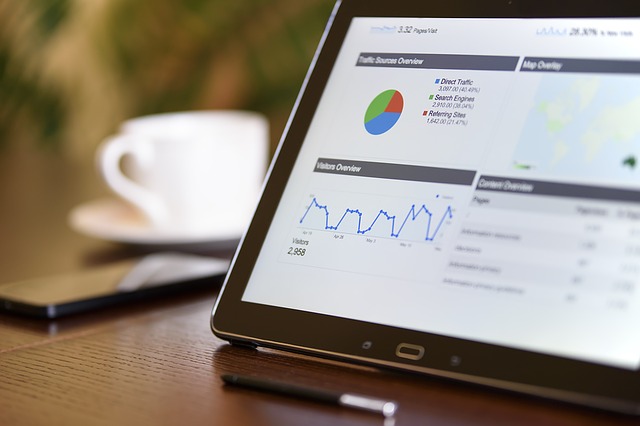 Input / output device – keyboard, monitor, mouse, trackpad (or touchpad), touchscreen, pen, speech input (recognise voice / speech), light scanner, printer, etc.
Input / output device – keyboard, monitor, mouse, trackpad (or touchpad), touchscreen, pen, speech input (recognise voice / speech), light scanner, printer, etc.- Example – desktops, laptops, tablets, smartphones, etc.

The computer – this amazing technology went from a government/business-only technology to being everywhere from people’s homes, work places, to people’s pockets in less than 100 years.
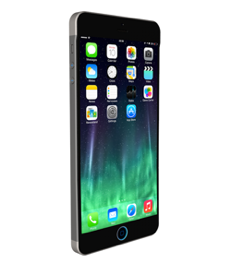
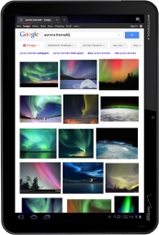
Comments
Post a Comment